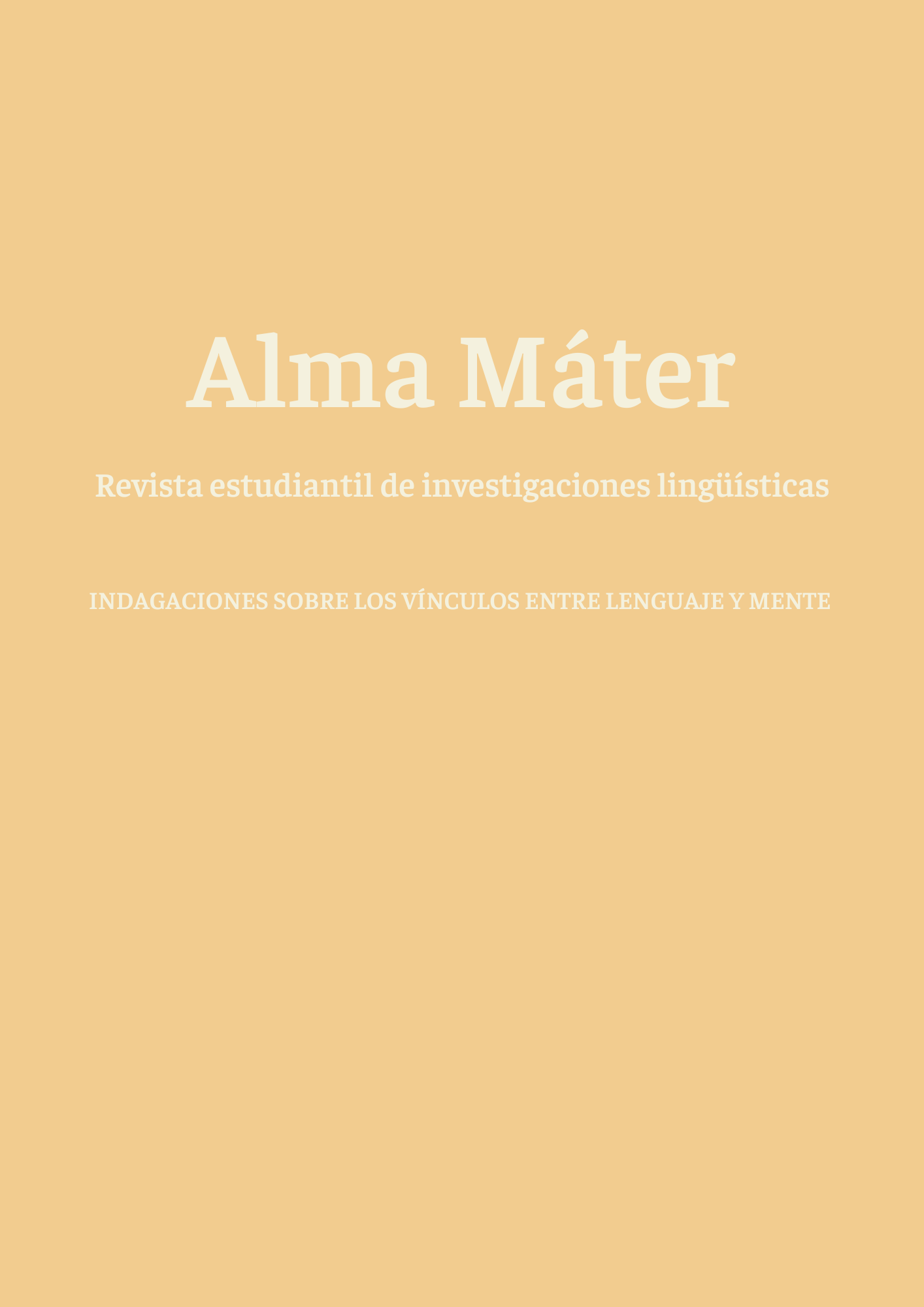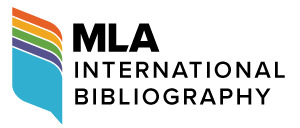La visión del indígena chaqueño en Arte y Vocabulario de la Lengua Lule y Tonocoté (1877 [1732]) a partir del estudio de la lengua realizada por un sacerdote jesuita
Keywords:
Missionary linguistic, Lule-Tonocoté language, language ideologies, disciplinarization of colonized languagesAbstract
The Art and Vocabulary of the Lule and Tonocoté Language was published in 1732 for the first time, and was written by Father Antonio Machoni de Sardinia, a member of the Society of Jesus. This grammar was produced with the aim of being used for the evangelization of five indigenous nations of the Miraflores Reduction, in the region that is currently called Chaco Salteño of the Argentine Republic. The main intention of this missionary was to impose the Western/European religion on indigenous groups from a region whose colonization was difficult for the Spanish due to geographical hostilities and the resistance offered by these peoples.The purpose of this article is to analyze the language ideologies that operate within Machoni's grammar, where the Lule-Tonocoté language is presented as inferior to Latin and Spanish and it is only used as a vehicle for evangelization, to the detriment of other communicative purposes.
Downloads
Downloads
Published
How to Cite
Issue
Section
License
Copyright (c) 2022 Mario Nahuel Siandro Barenghi

This work is licensed under a Creative Commons Attribution-NonCommercial 4.0 International License.
Los textos están protegidos por una Licencia Creative Commons Atribución/Reconocimiento-NoComercial 4.0 Licencia Pública Internacional — CC BY-NC 4.0. Dicha licencia autoriza a a terceros utilizar lo publicado, siempre que se otorgue el adecuado reconocimiento; se mencione la autoría del trabajo y la publicación en la revista Alma Máter y no se haga uso del material con propósitos comerciales.






